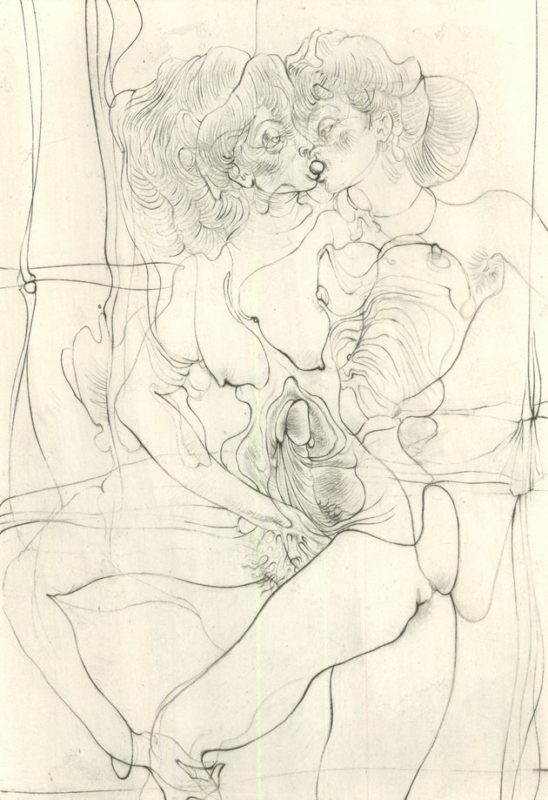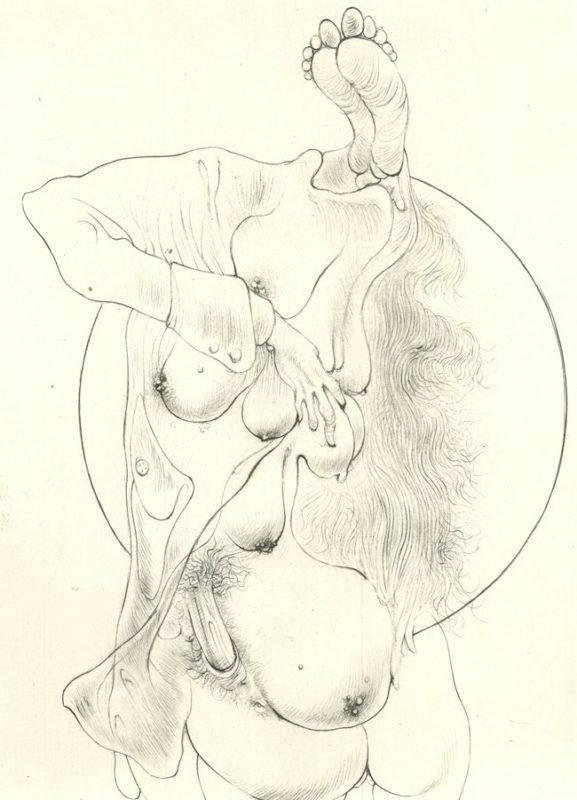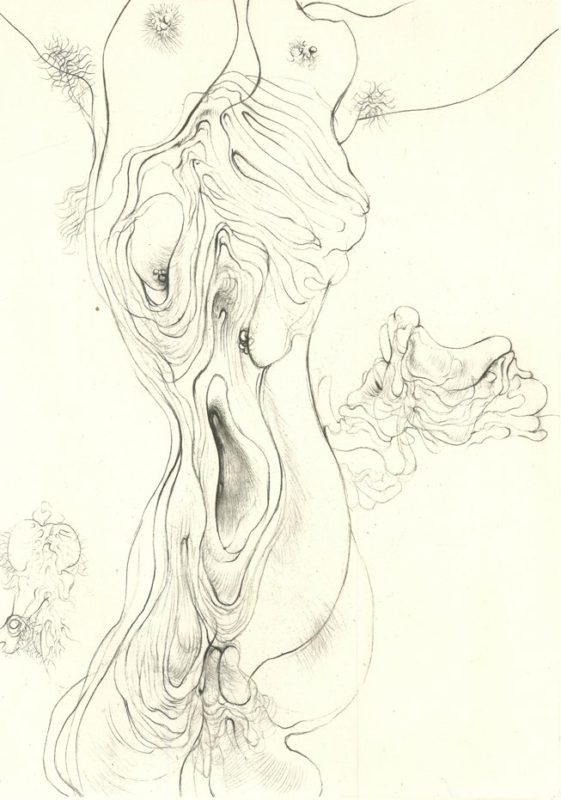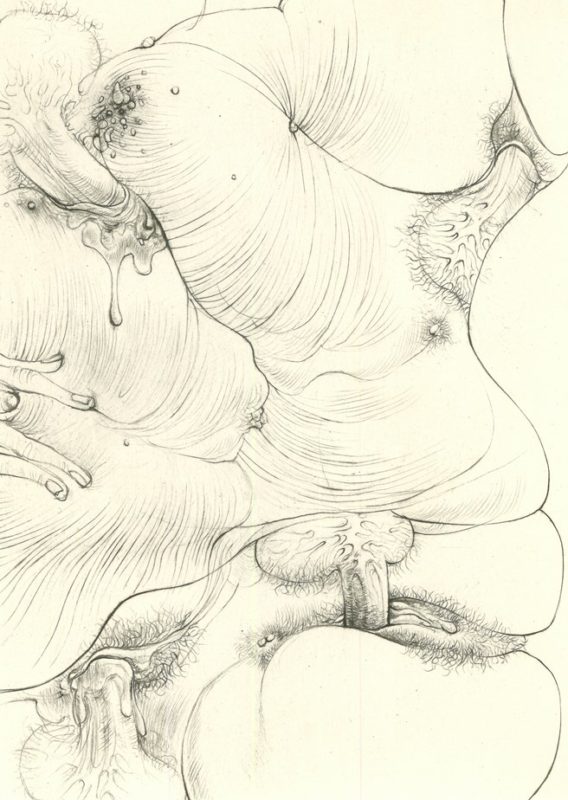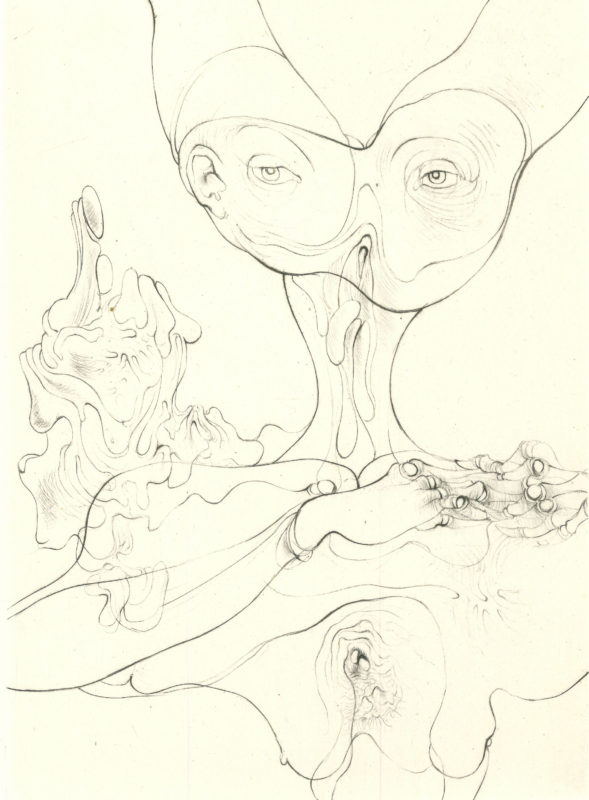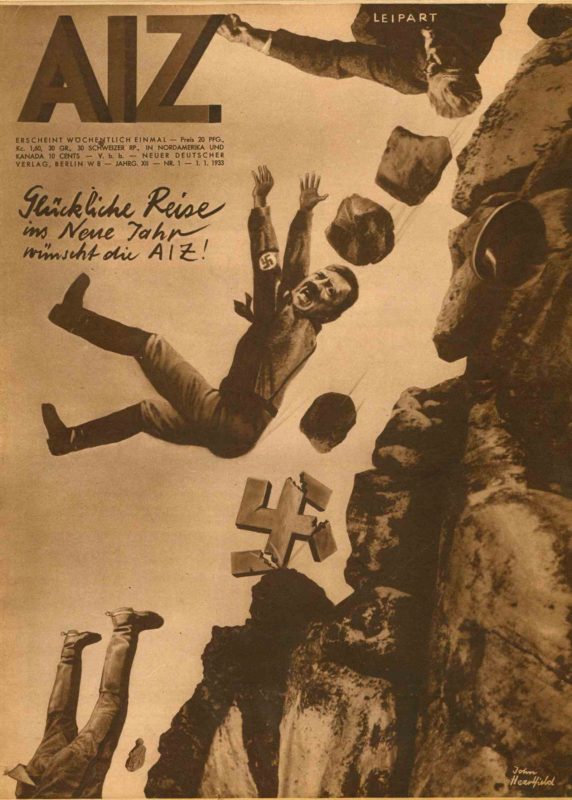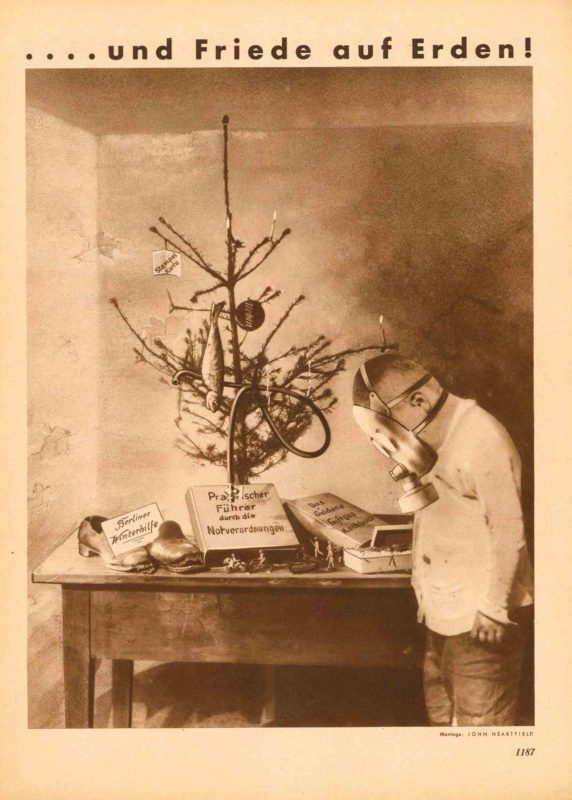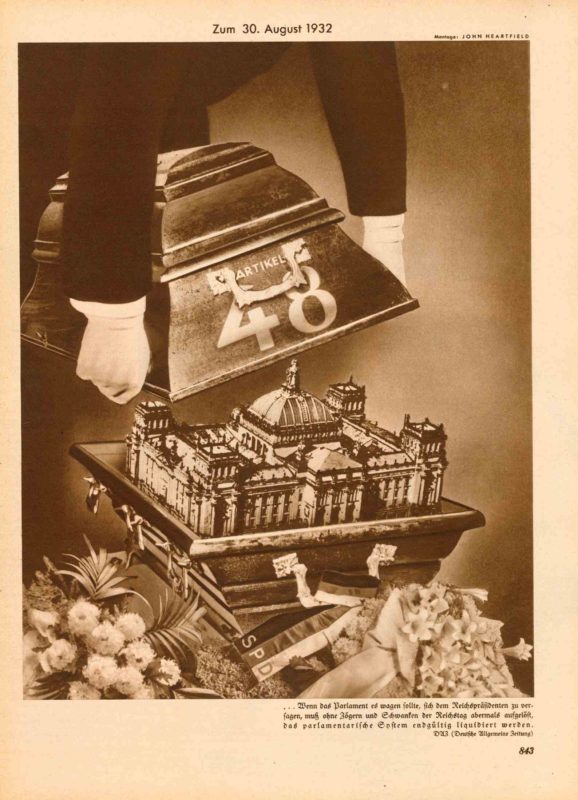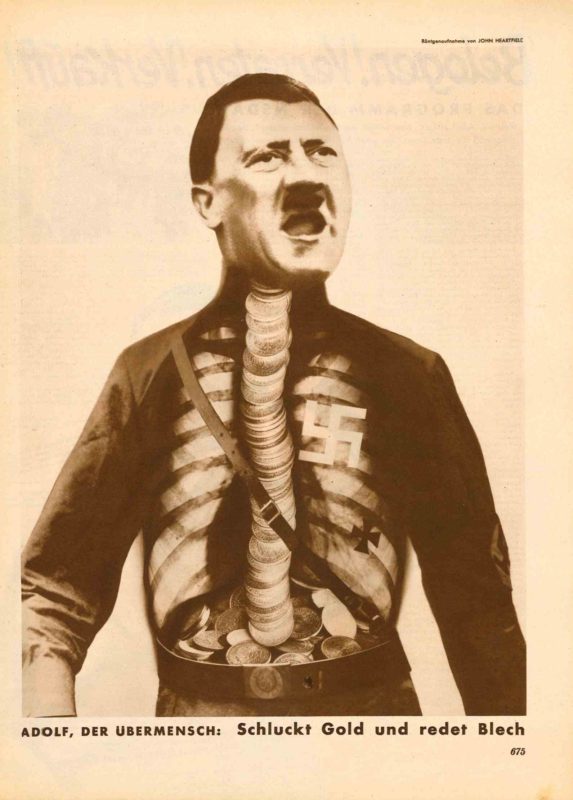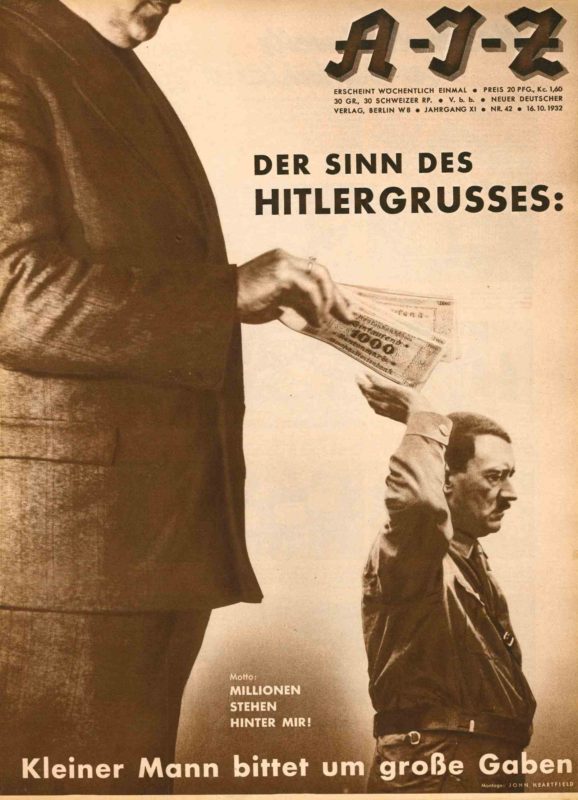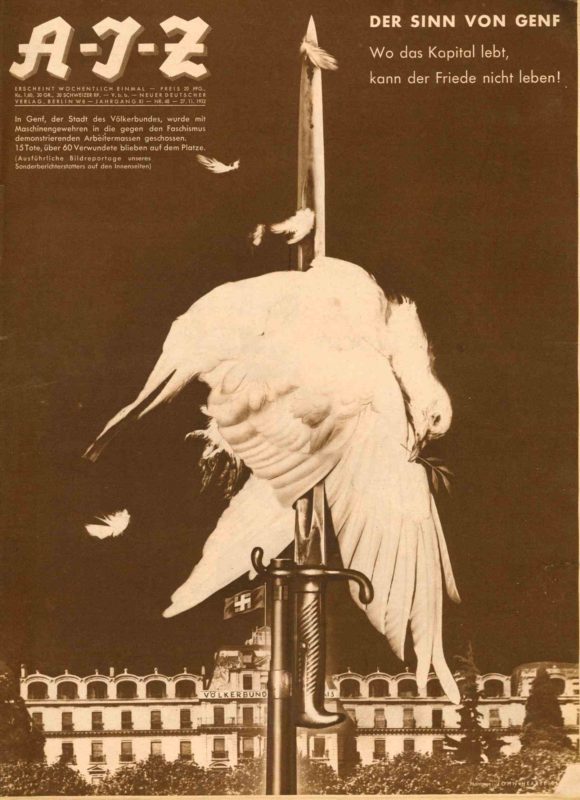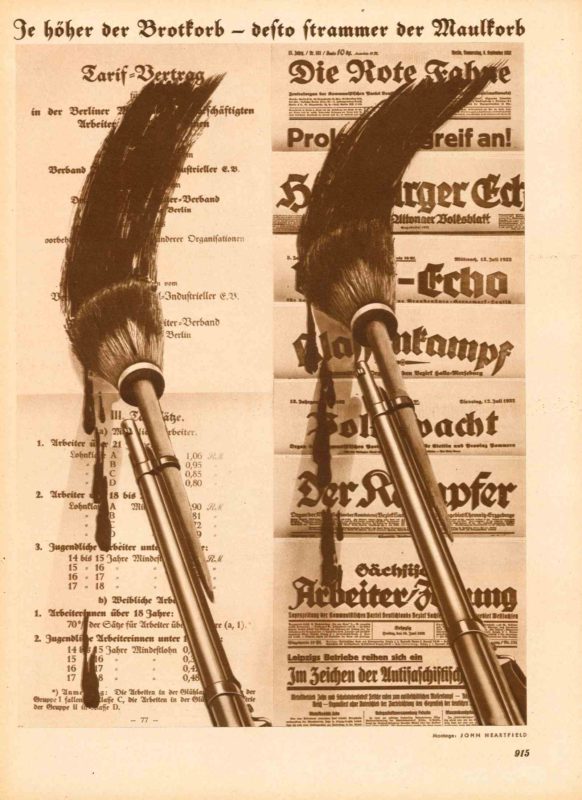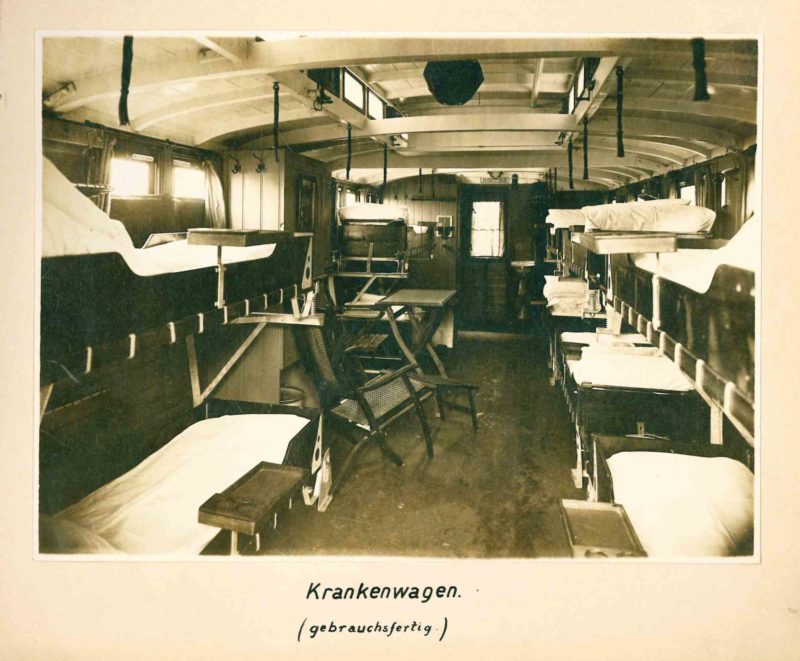
A recent news story out of France reported that the French national railroad system had converted a high-speed TGV train into a hospital train, to move COVID-19 patients from Strasbourg to less stressed hospitals in the Loire Valley. The first usage of mass transportation to evacuate and treat the wounded happened in the 1850s during the Crimean War, developed by the military. At that time in history, that meant usage of the railroads and steamships. Both were used a decade later in the United States during the Civil War, to help transport and treat sick and wounded soldiers.
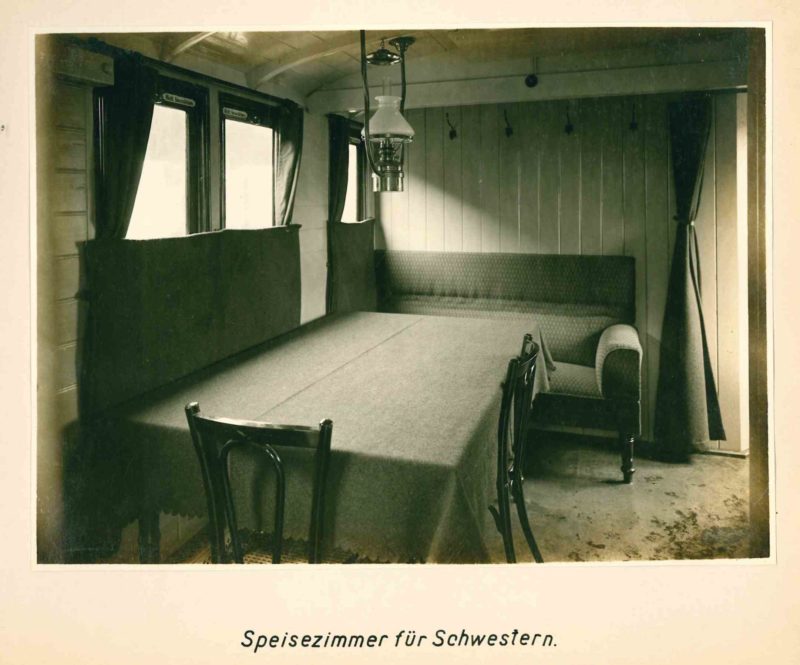
In the Civil War, injured soldiers were first carried away from battles using empty freight and passenger cars, which were not ideally suited to the needs of either the soldiers or the medical staff attempting to treat them. As a consequence, some trains became fully converted to hospital trains, with kitchens, apothecaries, dressing stations, and facilities for the medical staff.
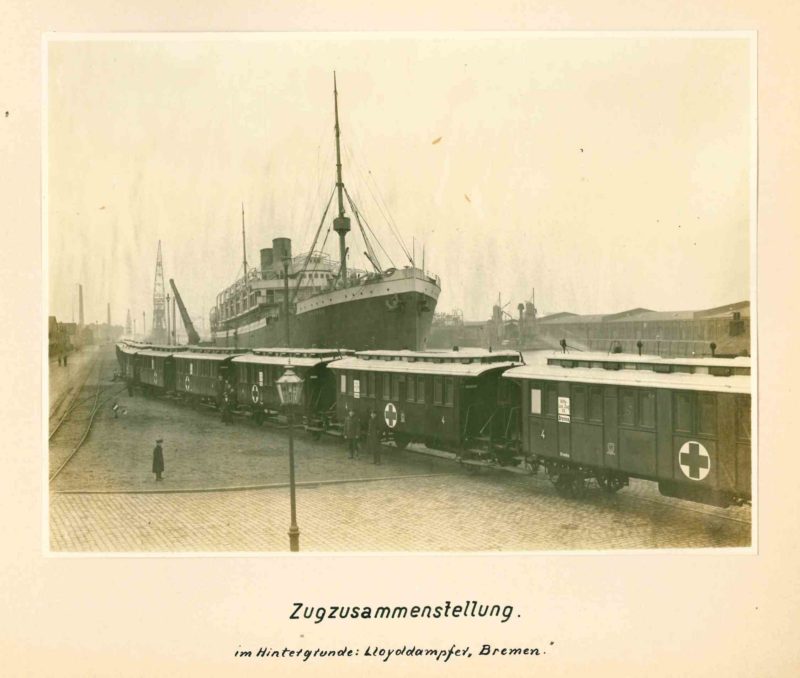
The next major usage of hospital trains did not occur until World War I, when they were needed as mobile medical facilities in both the United States and along the frontlines in Europe. These trains were a mix of standard freight and railway cars and specially outfitted hospital trains. In Europe, freight cars often carried equipment and soldiers to the front before taking the wounded on board for treatment and then helping convey them to safety away from the front. In the United States, trains were used to deliver wounded soldiers from port cities to hospitals throughout the country. Early on in the war, most of these trains were simply converted rail cars, but as the war went on, specialized hospital cars became more frequently used, and continued to be used well after the 1918 armistice, as soldiers remained in hospitals for many months. The trains were expensive to outfit, and were financed almost exclusively through donations, including through the sale of postcards featuring images of the trains.
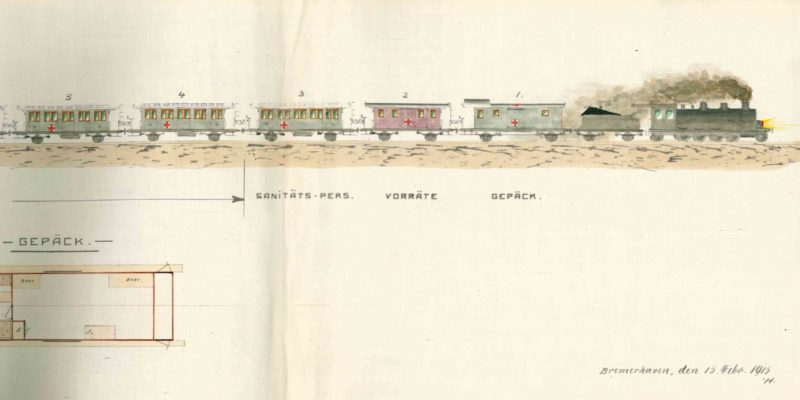
A 1916 article in The American Journal of Nursing titled “A German Hospital Train”, written by a nurse on-board a train in Bremen, gives more information and context to the set-up and usage of these trains. “We have about 150 hospital trains which are approximately even in equipment and management. Possible changes and improvements are reserved to the physicians in charge and some are, perhaps, fitted out a little richer than the others in accordance with the taste of the donor. The administration is of two different kinds. Some of the trains are taken care of by the Red Cross and carry as attendants members of the association for volunteer nursing, although, of course, they are subject to military authority. Others are military hospital trains, the personnel of which, even the physicians, are at work as part of their military obligation. In these trains no female nurses are arrange for. Only at the special request of the donor, a merchant of Bremen, we had been allowed on our train. The trains of the Red Cross have, on the contrary, nearly always four female nurses. Our train consists of about 40 carriages; 26 for wounded, 1 for bandaging, 1 for the apothecary and the administration, 1 for the kitchen, 2 for the supplies, a refrigerator car in the summer, 2 for hot water supply, and then the necessary carriages for the three physicians and the rest of the attendants, composed of 30 military nurses, 6 subaltern sanitary officers, 4 female nurses, and 1 inspector, who is the housewife of the train, and the personnel for the kitchen and for the running of the train….Beds, washing facilities, etc., are arranged just as on a boat, possibly because the North German Lloyd has outfitted the train.”
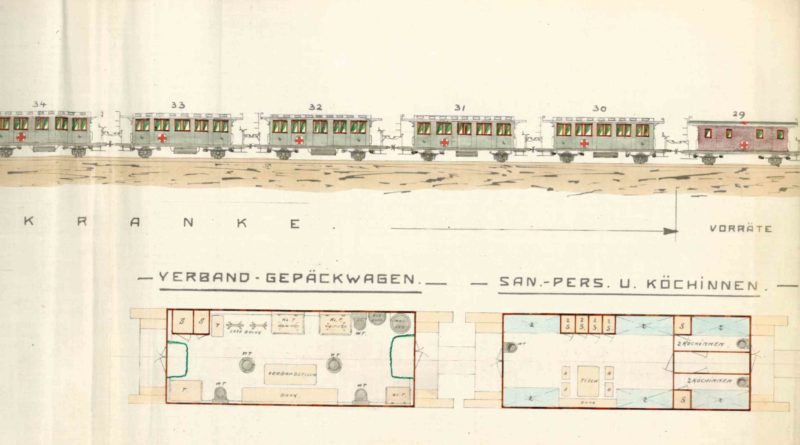
Bernett Penka currently has in its inventory a remarkable and rare artifact relating to a German Red Cross hospital train from World War I, consisting of a colored blueprint of the layout of the train and 11 original photographs. This particular train had 38 cars, 26 of which were hospital cars with 10 beds each, allowing for the treatment and transport of 260 patients. Other cars included a kitchen, a pharmacy, a bandaging car, and a dining room for the nurses. The album was originally owned by Chief Medical Officer of Auxiliary Hospital Train 23, and his title was written on the inside cover and scratched out.
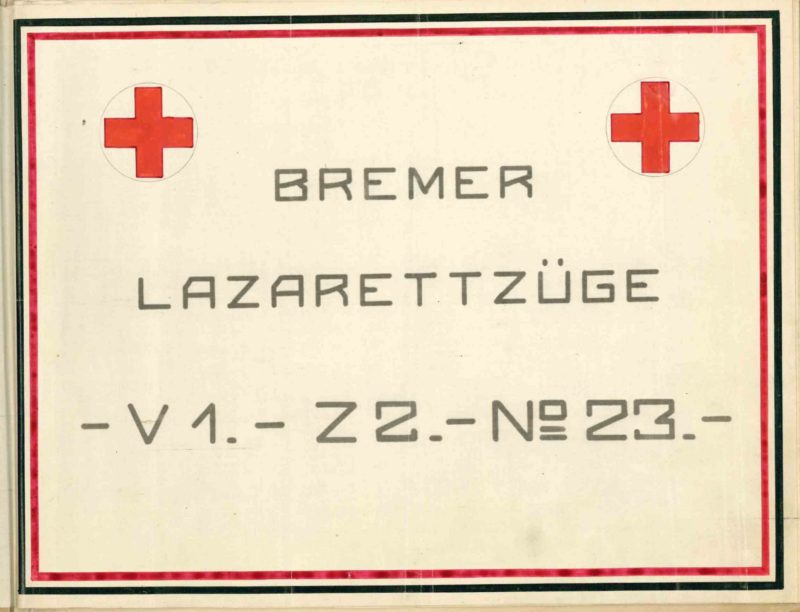
(Unique WWI Hospital Train Design) – Bremer Lazarettzüge, V1. – Z2. – No. 23. A fascinating and unique World War I German Red Cross hospital train photograph album, with an accordion-folded sheet the length of 10 pages, containing the title page, 8-leaf colored blueprint of the layout of the train, and 1-page description of the layout, followed by 11 original photographs, 9 of which show interior views and furnishings of the train, including the hospital cars (Krankenwagen), a hospital car specifically for officers (Offiziers-Krankenwagen), a bandaging car (Verbandswagen), the kitchen (Küche), an administration and pharmacy car (Operations – u. Apothekenwagen), the nurses’ dining room (Speisezimmer für Schwestern), a doctor’s room (Arztzimmer), and two exterior views, one with the Lloyd factory in the background, and one with the Lloyd liner “Bremen”. Some slight browning to mattes some wear along binding, images very fine. Small oblong 4to. Metal brad binding inside a floral cloth-covered album, “Bremer Lazarettzuge” impressed in gold to lower front right corner, appliqued felt Red Cross symbol to upper front left corner, some minor abrasions and edgewear. Bremen, 1915. (49072)
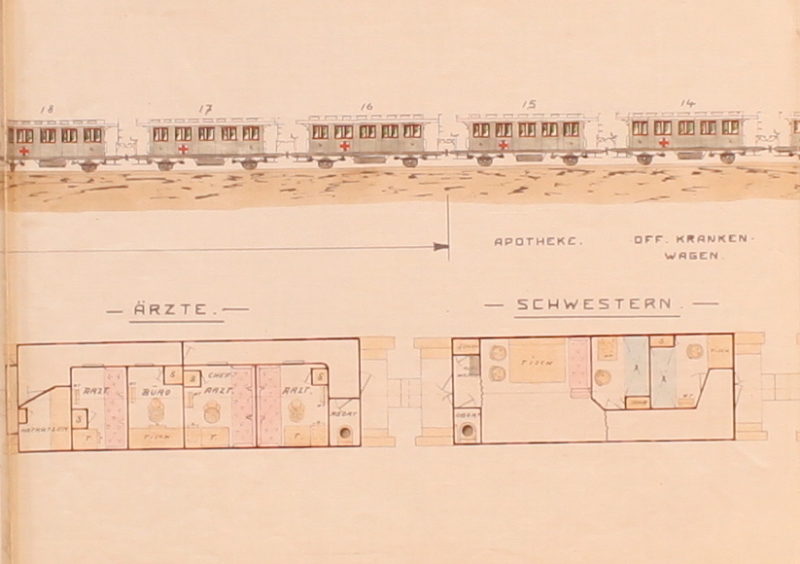
Resources:
Addeane S. Caelleigh, “Ambulance Trains,” Academic Medicine Vol. 76, no. 2 (February 2001): 153.
Irma Merkel, “A German Hospital Train,” AJN/American Journal of Nursing, Vol. 16, no. 5 (February 1916): 397-403.
{ 0 comments }
